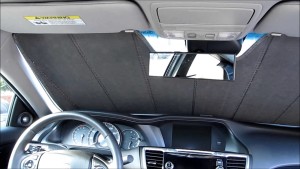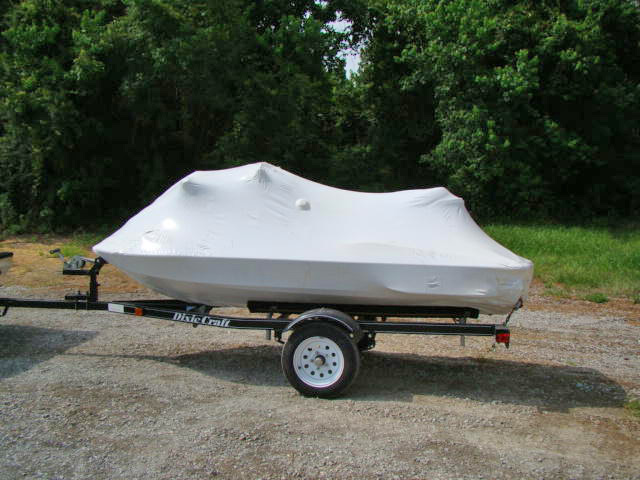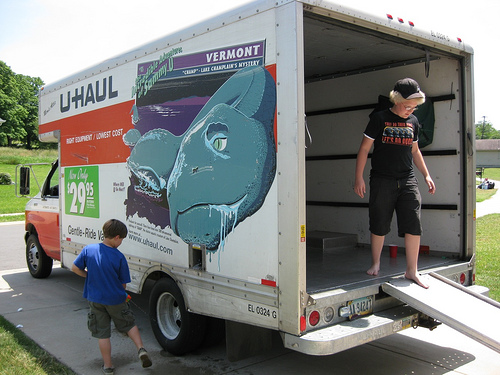Having a new car is something almost everyone looks forward to but the purchase process can be a bit stressful. In the end, whether new or used, it’s a new car to you!
There are so many things you might want or need in a vehicle, you have to look around  and see what kind you want, what color, what type of features you want it to have whether you want leather seats, what type of transmission, just to name a few.
and see what kind you want, what color, what type of features you want it to have whether you want leather seats, what type of transmission, just to name a few.
Before you begin car shopping, make a list of yourself for what you want your car to have; knowing exactly what you want can very helpful, such as a family sized car or a smaller car, what color you would like the exterior interior, a hybrid/eco-friendly car, even down to the smaller details of the auto. Of course, being more flexible with what you desire in a car can give you a wider range of cars available for sale in your area.
Decide what type of a car you’re going to want, a brand new or used car. A brand new car is great; in some cases it’s much more reliable than a used car and can last longer than a used car. There is nothing wrong with buying a used car; if you aren’t ready to make a big purchase, it can be less expensive than buying a brand new car.
An important thing to know if you aren’t purchasing your car with a check or cash, is what types of loan you can be approved for. You can save money on interest rates by going to your financial institution and getting pre-approved for an auto loan, whether you’re purchasing the car from a dealership or a private party. Normally the financial institution has lower rates than what a car dealership can offer you and being pre-approved will give you a bit more leverage to negotiate with a salesperson. If you’re trading in your current car for a new one, know the price before you go to the dealership. Getting a trade in value before you start shopping can let you know whether you’re getting more or less than what your current car is actually worth. KBB.com (Kelly Blue Book) is a great website to get an estimated value over your current car or a used car you’re thinking about purchasing.
Car Dealerships:
Check different dealer locations (if you’re purchasing closer to Arlington chances are prices could be higher than purchasing in Stafford, Dale City or even Fredericksburg). Purchasing at a smaller dealership vs. a larger dealership can have its pros and cons. A smaller dealership pro: you can negotiate more but you have higher interest rates. A larger dealership pro: lower car prices, lower interest rates but less room to negotiate. If the vehicle you’re looking for is not terribly unique, try find identical models at two or more dealerships and compete each dealerships offer against the others.
Online Shopping:
The internet can be a great tool to make your car buying easier, rather than driving from location to location looking for cars you can search many dealerships. Many dealerships can offer you an “online special” or have a “price promise” that can get you a lower deal on your vehicle. If the dealership you’re shopping from doesn’t have any type of online deals going on, they possibly might have an information tab where you can submit to them your information and a salesperson will contact you either through phone or by email.
Car Buying Services:
USAA, Costco and other membership based groups have car buying services to negotiate a lower rate for you. Keep in mind the price may still be higher than what you could negotiate on your own.
When you purchase a vehicle from a dealership, you have to keep in mind several things. A few of those things can be how much your monthly payments will be, how much interest you’ll be paying over the years, and what benefits the dealership can offer you (such as free state inspections, promotions on car care packages, discounts on servicing your vehicle).
Think about where you’ll keep your newest purchase. Do you have a garage, will you park it in your driveway at home or will you have to park it on the street? Will you trade in your old car or keep it for a while to sell at private party value? Private party sales almost always net you more money than a trade in offer. For your old wheels, consider temporary outdoor storage or container storage until you find a buyer. Showing potential buyers your vehicle at home can be a safety concern. At a storage facility like Gateway Storage, you can meet your potential buyer onsite to complete paperwork or let your buyer take it for a test drive, instead of your home. If you want to keep your old vehicle in storage for a bit while you decide whether to sell it, you can remove the tags and reduce the insurance from liability to general to save money. You will not be able to drive the vehicle on the road without tags or liability insurance, but you can place it into storage at Gateway. Many storage facility require current tags or full insurance, so make sure to call ahead with these questions. If your old car is not running, you may want to store it for a few months while you decide whether to repair it and to what extent. Check your local requirements, as it may be illegal or against HOA regulations to leave wheels with expired tags in your driveway or on your neighborhood street. Tow-in vehicles are welcome at Gateway Storage.
After the Purchase:
The moment you drive your vehicle off the lot it depreciates in value up to 20%, which can be a strong negotiating factor in purchasing your car. You want your vehicle to hold as much value as it can from the moment you drove it off the lot, meaning take good care of your car. Keep up with your vehicle’s maintenance/ mechanical and cosmetic needs (both on the interior and exterior). Regularly change the oil (most auto servicers recommend ever 3k-5k depending on the oil you use), change the breaks and tires when needed as well, detail the interior to to keep it looking nice/clean, give it a good wax to keep it looking as good as the time you bought it. Purchasing a car can be an extremely exciting thing to do, just keep these tips in mind when you are looking around the car market.










